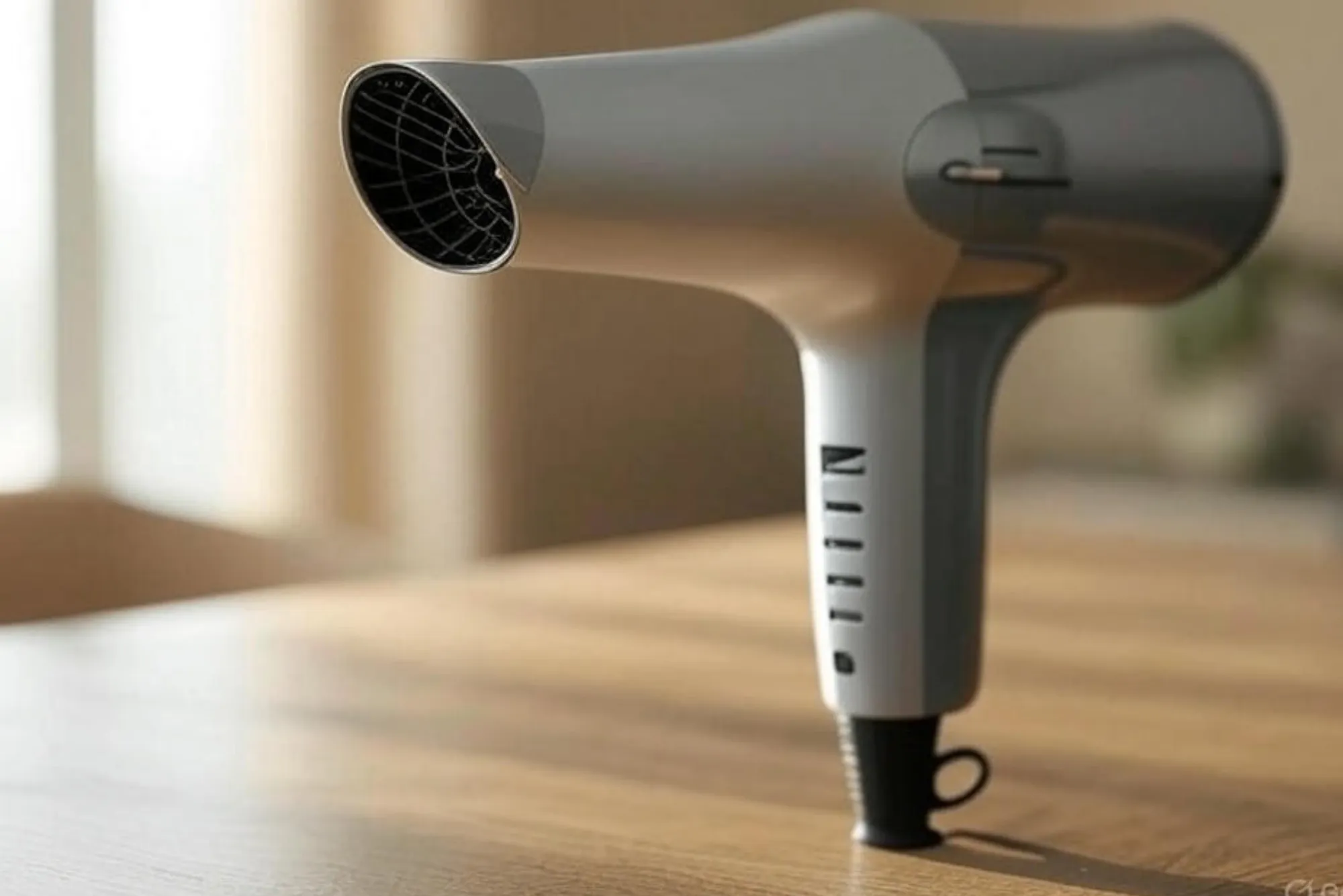When it comes to transporting bulk materials on steep inclines, one solution stands out: the chevron conveyor belt. Known for its specialized design and unmatched efficiency, this type of belt has become a staple in mining, agriculture, construction, and other industries where secure and reliable material movement is critical.
Introduction to Chevron Conveyor Belts
The chevron conveyor belt is a type of belt that features angled cleats (also called chevrons) on its surface. These patterns help prevent material rollback and provide better grip during transportation on inclined conveyors. This makes them ideal for industries that handle granular, powdered, or packaged materials, ensuring efficiency even under challenging conditions.
Why Are Chevron Conveyor Belts Important?
Unlike flat belts, a chevron conveyor belt can transport materials on slopes of up to 30 degrees without slippage. This advantage is crucial for operations requiring high throughput and minimal material loss. These belts are widely adopted in heavy-duty sectors where reliability is a priority.
Key Features and Design
The belts are designed using high-quality rubber compounds and strong fabric or steel carcasses to withstand abrasion and impact. Chevron patterns come in various heights and angles to suit different incline levels and material properties. Higher cleats offer better grip for steep inclines and sticky materials, while shallow patterns work for moderate slopes.
Main Benefits of Chevron Conveyor Belts
- Improved grip and material stability on inclines
- Reduced material rollback and spillage
- Customizable designs for different applications
- Durability under harsh environmental conditions
Applications in Various Industries
Chevron belts are widely used in industries such as:
- Mining – to transport crushed ore and minerals
- Agriculture – for grain and seed handling
- Construction – moving sand, gravel, and cement
- Recycling – handling loose and bulky materials
Installation and Maintenance
Installing these belts requires precise tracking and tensioning to ensure longevity. Regular maintenance includes inspecting cleat adhesion, checking for wear, and verifying splice integrity. These steps help minimize downtime and improve operational efficiency.
How to Choose the Right Chevron Conveyor Belt
Selection depends on several factors such as incline angle, material properties, and environmental conditions. Consulting with experienced chevron conveyor belt suppliers can help you identify the best specifications for your project.
Comparison with Other Incline Solutions
While cleated belts and bucket elevators are alternatives, chevron belts offer a balance of efficiency, durability, and cost-effectiveness. Their continuous angled design provides consistent material handling without the complexity of other systems.
Supplier Selection Criteria
Choosing the right supplier is critical. Reliable chevron conveyor belt suppliers provide high-quality materials, customization options, and after-sales support. Look for certifications, client reviews, and proven industry experience before making a purchase.
Environmental and Safety Compliance
Modern belts must adhere to environmental and safety regulations. For example, food-grade belts should meet FDA standards, while outdoor belts require UV and ozone resistance for longer life in harsh conditions.
Cost and Total Ownership Value
Although chevron belts may have a higher initial cost than flat belts, their efficiency and reduced material spillage lead to significant long-term savings. Factors like energy efficiency, reduced maintenance, and minimal downtime contribute to lower total cost of ownership (TCO).
Recent Innovations in Chevron Conveyor Belts
Advances in manufacturing have introduced improved bonding techniques, anti-static properties, and specialized coatings for heat and chemical resistance. These enhancements ensure better performance and longer service life under demanding conditions.
Case Study: Chevron Belts in Mining
In mining operations, chevron belts are used to move bulk ore efficiently up steep slopes, minimizing material loss and reducing equipment footprint. This leads to cost savings and improved site productivity.
How to Measure and Specify
Accurate measurements of belt width, incline angle, and load capacity are essential. Suppliers often provide guides to ensure proper specification, preventing costly errors during installation.
Common Problems and Solutions
- Chevron Wear: Caused by abrasive materials; solved by using reinforced rubber.
- Belt Misalignment: Prevented through proper tensioning and tracking systems.
- Cleat Detachment: Avoided with advanced vulcanization methods and high-quality adhesives.
FAQ
What is a chevron conveyor belt?
A belt with angled ribs to move materials on steep inclines without slipping.
What industries use these belts?
Mining, agriculture, construction, recycling, and food processing.
How long do these belts last?
With proper maintenance, they can last several years under heavy-duty use.
Where can I find reliable suppliers?
You can start by contacting specialized chevron conveyor belt suppliers for custom solutions.
Conclusion
The chevron conveyor belt remains one of the most effective solutions for inclined material handling. Partnering with trusted chevron conveyor belt suppliers ensures that you receive high-quality products and ongoing technical support, resulting in better performance, lower costs, and safer operations for years to come.







